3-Channel Installation, Duration: 20″ Min.
Love and truth touch by pushing away: they force the retreat of those whom they reach, for their very onset reveals, in the touch itself, that they are out of reach. It is in being unattainable that they touch us, even seize us. What they draw near to us is their distance: they make us sense it [sentir], and this sensing [ce sentiment] is their very sense. It is the sense of touch that commands not to touch. It is time, indeed, to specify the following: Noli me tangere does not simply say “Do not touch me”; more literally, it says “Do not wish to touch me.” The verb nolo is the negative of volo: it means “Do not want.” In that, too, the Latin translation displaces the Greek mē mou haptou (the literal transposition of which would be non me tange). Noli: do not wish it; do not even think of it. Not only don’t do it, but even if you do do it (and perhaps Mary Magdalene does do it, perhaps her hand is already placed on the hand of the one she loves, or on his clothing, or on the skin of his nude body), forget it immediately. You hold nothing; you are unable to hold or retain anything, and that is precisely what you must love and know. That is what there is of a knowledge and a love. Love what escapes you. Love the one who goes. Love that he goes.
L’amour et la vérité touchent en repoussant: ils font reculer celle ou celui qu’ils atteignent, car leur atteinte révèle, dans la touche même, qu’ils sont hors de portée. C’est d’être inateignable qu’ils nous touchent et qu’ils nous poignent. Ce qu’ils approchent de nous, c’est leur éloignement: ils nous le font sentir, et ce sentiment est leur sens même. C’est le sens de la touche qui commande de ne pas toucher. Il est temps, en effet, de le préciser: Noli me tangere ne dit pas simplement «ne me touche pas», mais plus littéralement «ne veuille pas me toucher». Le verbe nolo est le négatif de volo: il signifie «ne pas vouloir». En cela aussi la traduction latine déplace le grec mè mou haptou (dont la transposition littérale eût été non me tange). Noli: ne le veuille pas, n’y pense pas. Non seulement ne le fais pas, mais même si tu le fais (et peut-être Marie-Madeleine le fait-elle, peut-être sa main s’est-elle déjà posée sur la main de celui qu’elle aime, ou sur son vêtement, ou sur la peau de son corps nu), oublie- le aussitôt. Tu ne tiens rien, tu ne peux rien tenir, et voilà ce qu’il te faut aimer et savoir. Voilà ce qu’il en est d’un savoir d’amour. Aime ce qui t’échappe, aime celui qui s’en va. Aime qu’il s’en aille.
Noli me tangere, Paris: Bayard Éditions, [2003] 2013, pp. 60-61

Film Stills


A slide-show of profanity.
Chris Marker; Si j‘avais quatre dromadaires
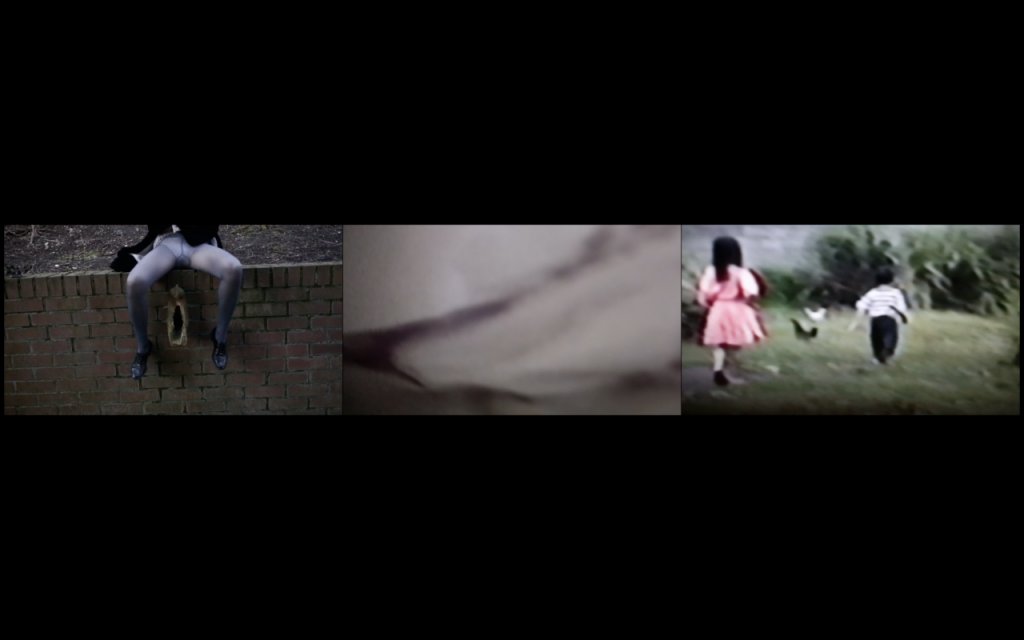

Noli me tángere; อันล่วงละเมิดมิได้
Choosing the title of the work — Noli me tángere — is to claim the wide framework of historicism and the colonial discourse, mystifying and not trying to address its contents via form undeviatingly, a gap to be closed by the recipient.
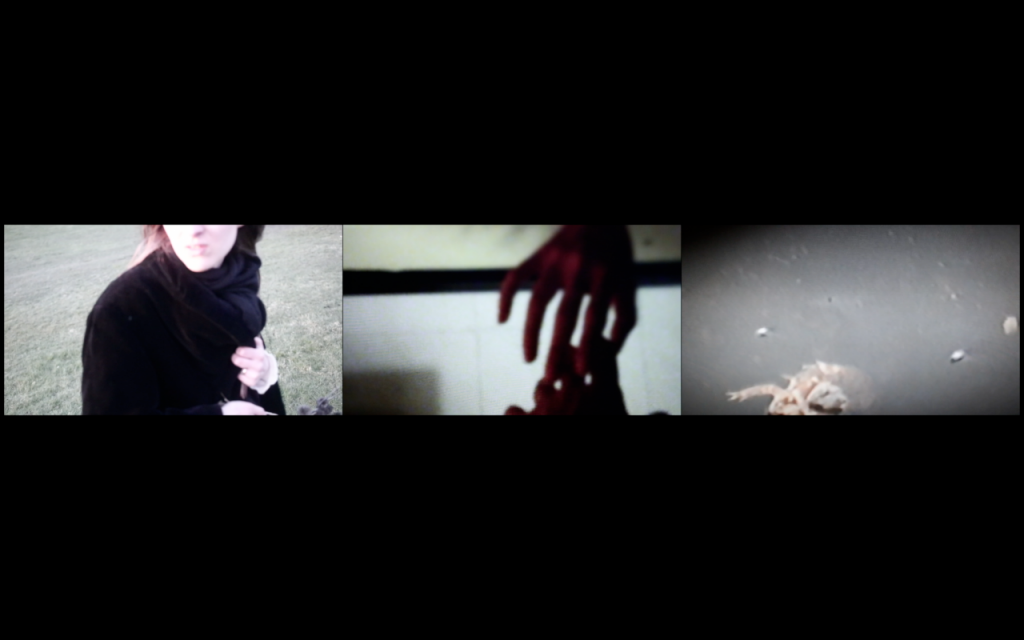
The approach of creating a universal language: a metaphor for the suffering and insecurity during the colonial period has been found through the story of surpressed and disturbed identities, not knowing who they are, yet what they stand for:
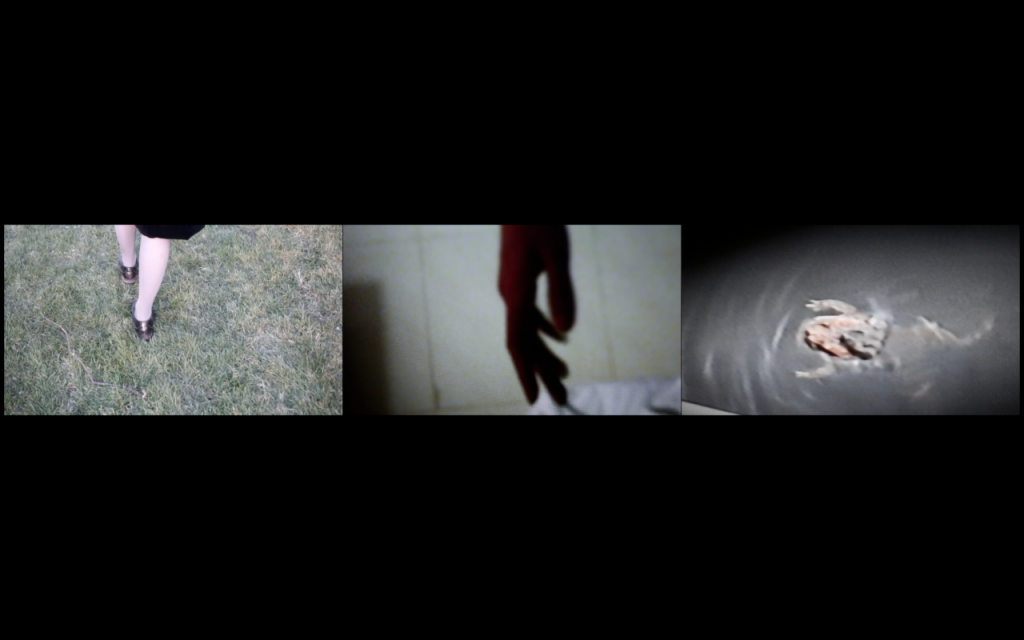
They seem to be lost in space, not attached to what happens around them; isolated beings. It seems they need to create another room within a room, a room for them to conquer. Like space has been divided and constructed violently for geopolitical reasons, they are traveling through land in order to exploit; it and themselves.
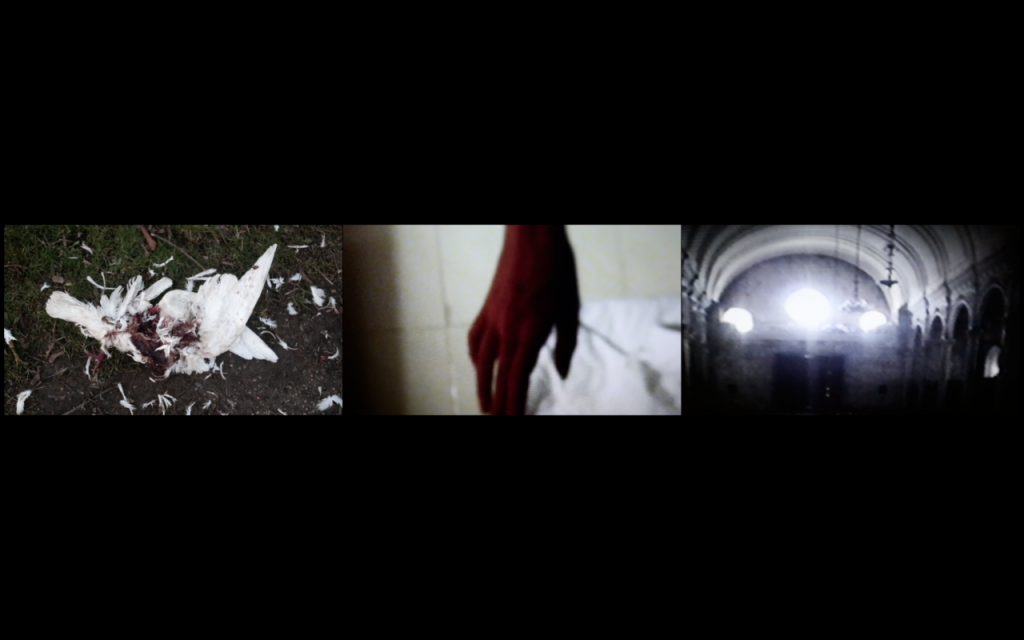
Naïveté — They fail to live up to their own expectations. An idealogy has taken its place. Sometimes — in a moment of meditation — starring against the wall. The details they‘re into — blown-up — closing their eyes and minds for the bigger scene as one needs space for interpretation and reflection.
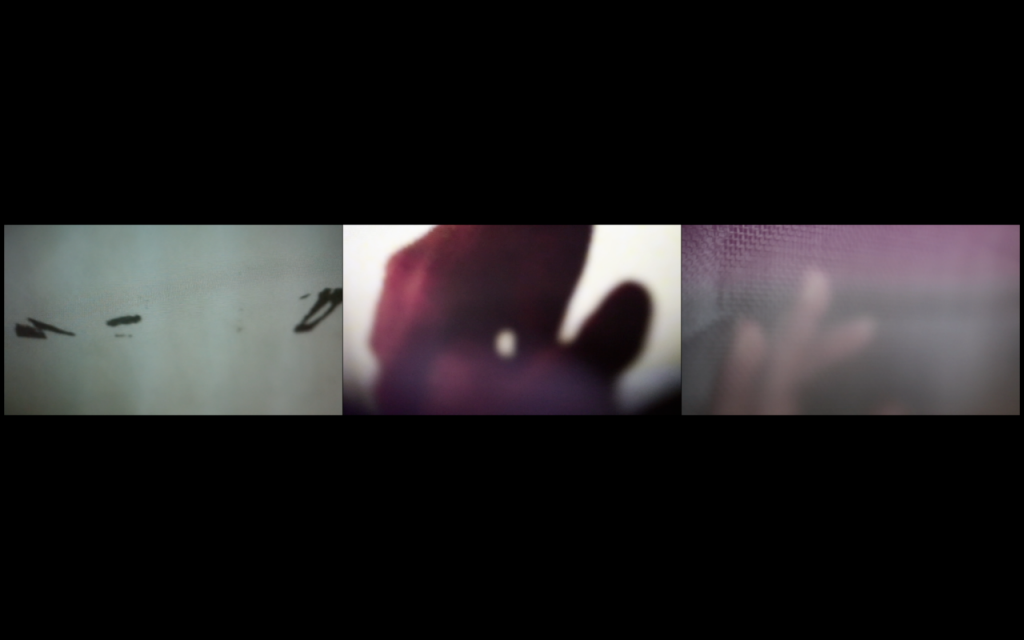
A cleaned-up shiny aesthetic to transport disturbing images and moments of break-through… remain in — the surface — itself. To whom it may concern, the recipient itself.
A voyeur taking a glimpse — into intimacy; a well-protected fortress. Not to create another mere constructed intellectual language.

The dealing with the depiction of female and male desires. Not in a broad sense about sexuality. Criticality, not a general euphoria. An ideological narration through — a not genderspecific — not immanent postfeministic discourse.

The social effects of subversion, its aesthetic qualities and the interdependency of content, corresponding — from frame to frame — appropriated subversive practices; submission and supression.
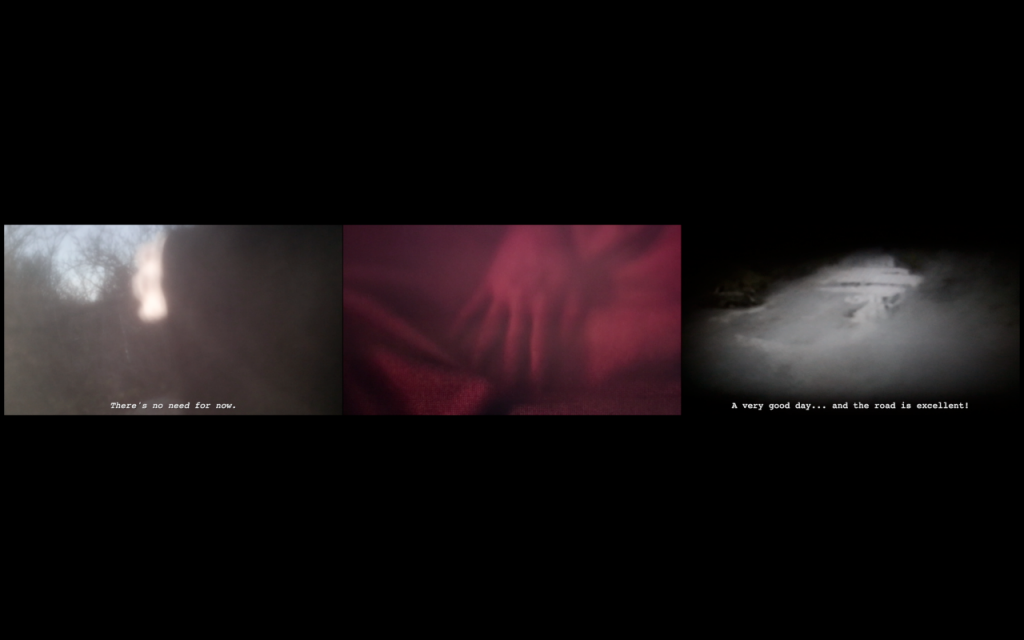
Questioning the authorship — human bodies to receive a new presence — a socio-political significance, transform social conventions and thereby transcends its primary function?


The Octopus in Love
The octopus is the only animal that has a portion of its brain (three quarters, to be exact) located in its (eight) arms. Without a central nervous system, every arm “thinks” as well as “senses” the surrounding world with total autonomy, and yet, each arm is part of the animal. For us, art is what allows us to imagine this form of decentralised perception. It enables us to sense the world in ways beyond language. Art is the octopus in love. It transforms of our way of conceiving the social as well as its institutions, and also transforms the hope we all have for the possibility of perceptive inventiveness.
ปลาหมกึ ยกั ษเ์ป็นสตั วเ์พยี งชนิดเดยี วทมี่ สี ตั วส์ ว่ นสมองสามในสกี่ ระจายออกไปยงั แขนทง้ั แปดดา้ น โดย ปราศจาก ระบบประสาทสว่นกลางทกุแขน(คนไทยเราเรยีก“หนวด”แทน“แขน”ปลา หมกึ –ผูแ้ปล)ตา่ง“คดิ”เท่าๆกบั “สมัผสั”โลกรอบขา้งอยา่งอสิระจากกนัโดยสมบรูณ์แตส่ว่นตา่งๆก็ ยงัถอืเป็นสว่นหนึ่งของรา่งกายมนัสาหรบัเราแลว้ศลิปะ คอืสงิ่ทเี่ปิดใหเ้ราจนิตนาก ารในรปูแบบของการรบัรทู้ไี่รก้ารรวมศนูย์มนัเออื้ใหเ้รารสู้กึถงึโลกใ
่
น ล กั ษ ณ ะ ท ี พน้ เลยจากภาษา ศลิ ปะจงึ เปรยี บดงั ปลาหมกึ ยกั ษใ์ นหว้ งความรกั มนั แปลงวธิ กี ารทเี่ ราเขา้
ใจสงั คมเท่า ๆ กบั หน่วย องคก์ รของมนั และมนั ยงั แปลงความหวงั ของเราตอ่ ความ เป็ นไปไดข้ องการรเิ รมิ่ การรบั รแู ้ บบใหม่
Chus Martinez’s “The Octopus in Love”
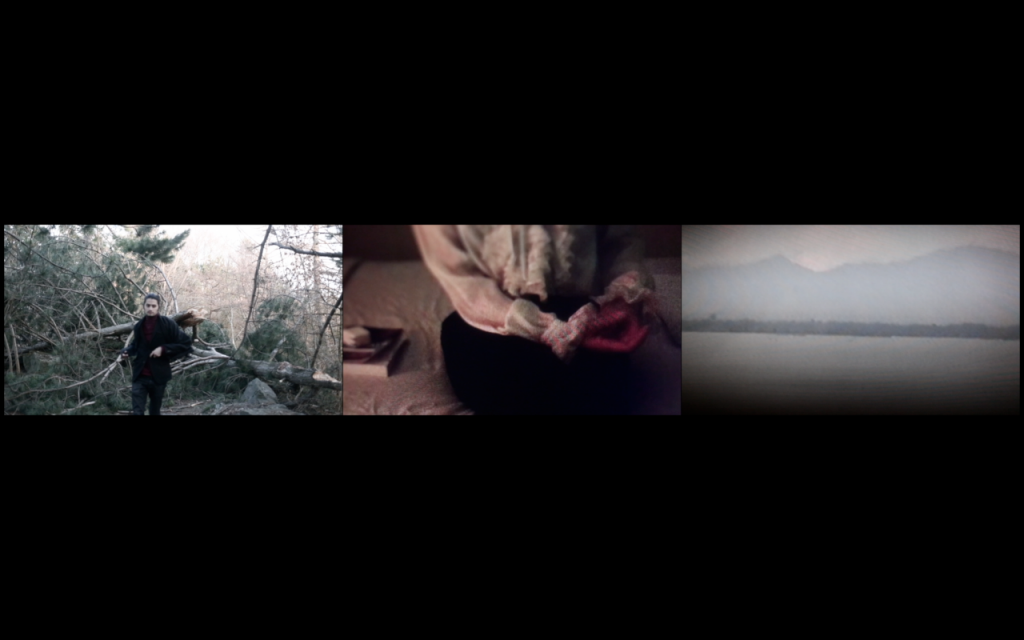


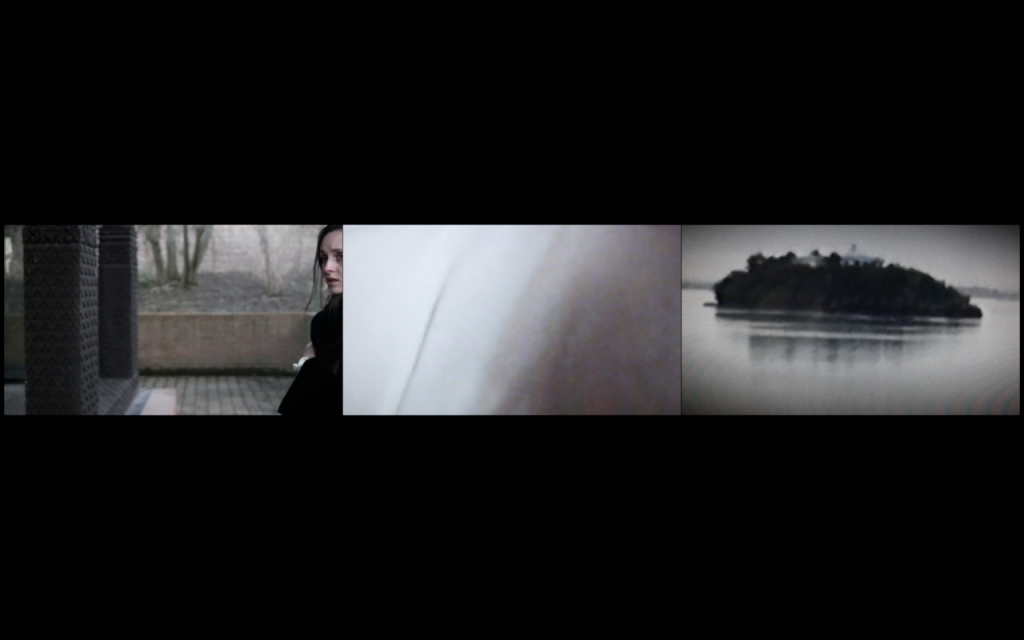
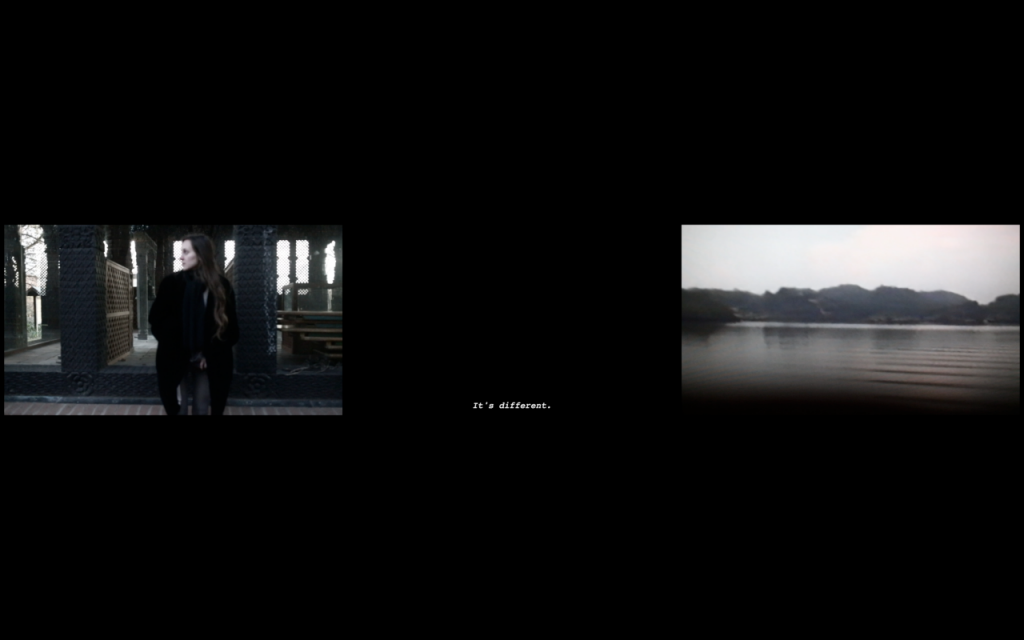
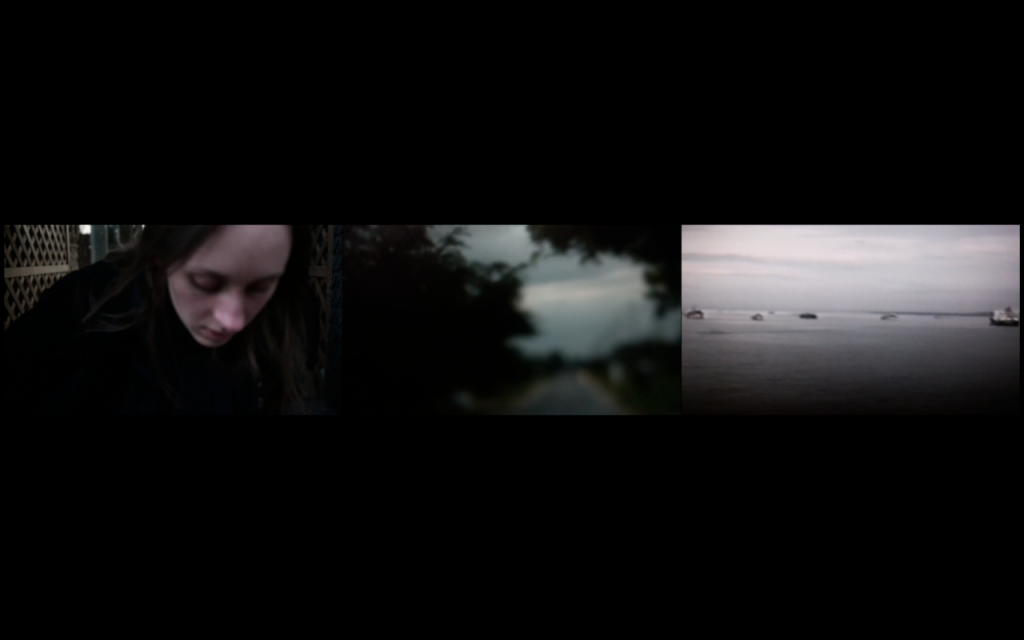

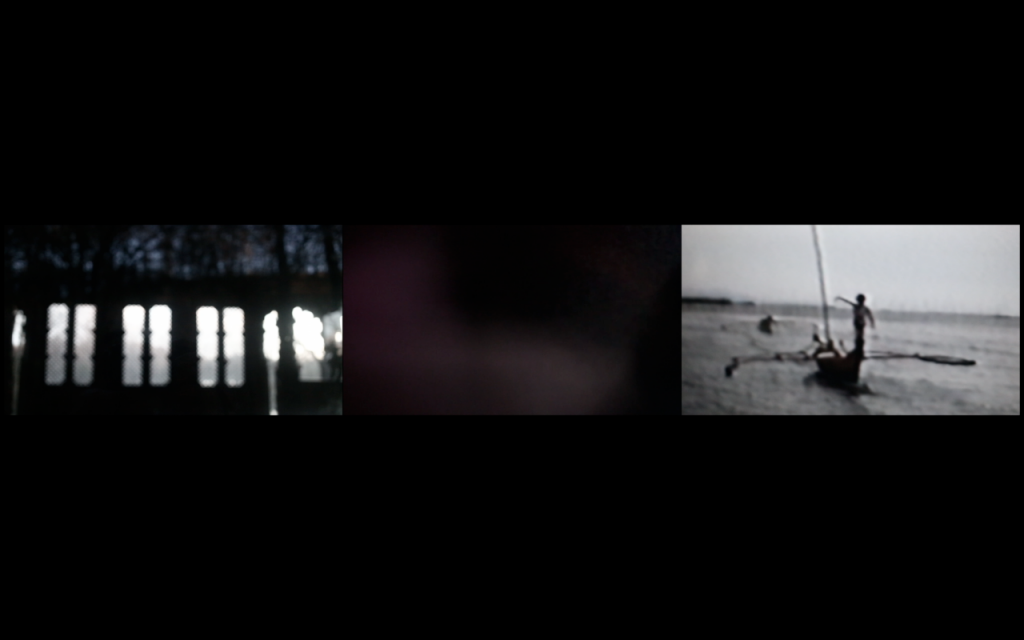
The innocence of postcard images.
コルディリェーラの棚田。
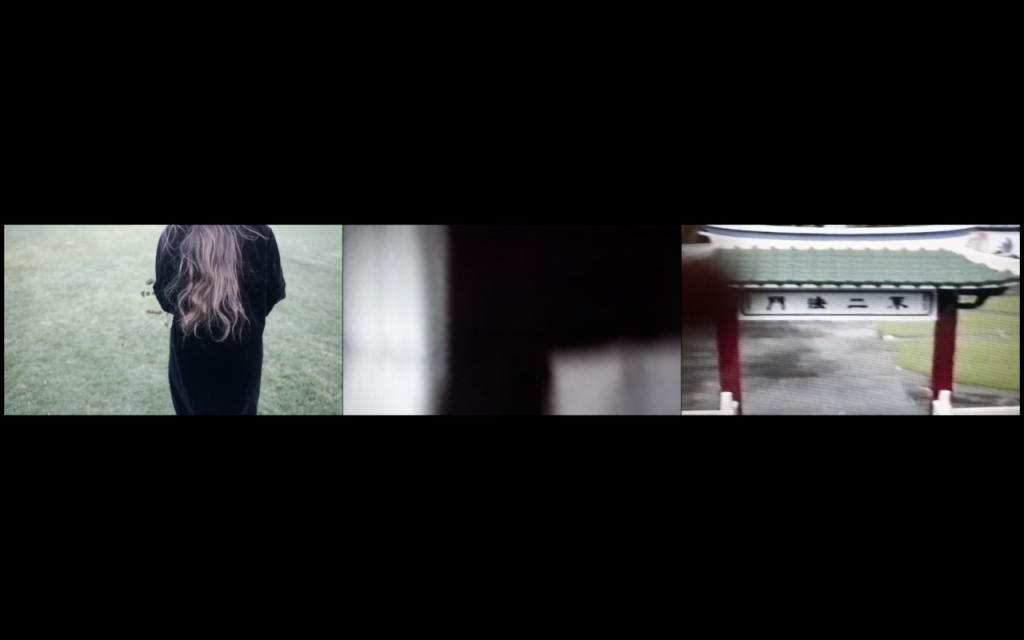
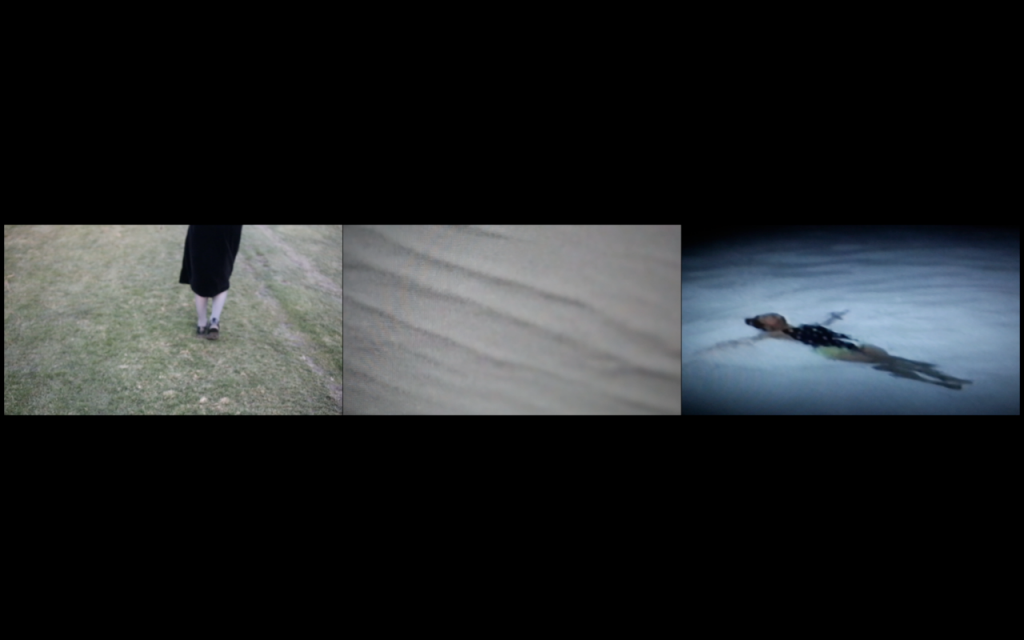
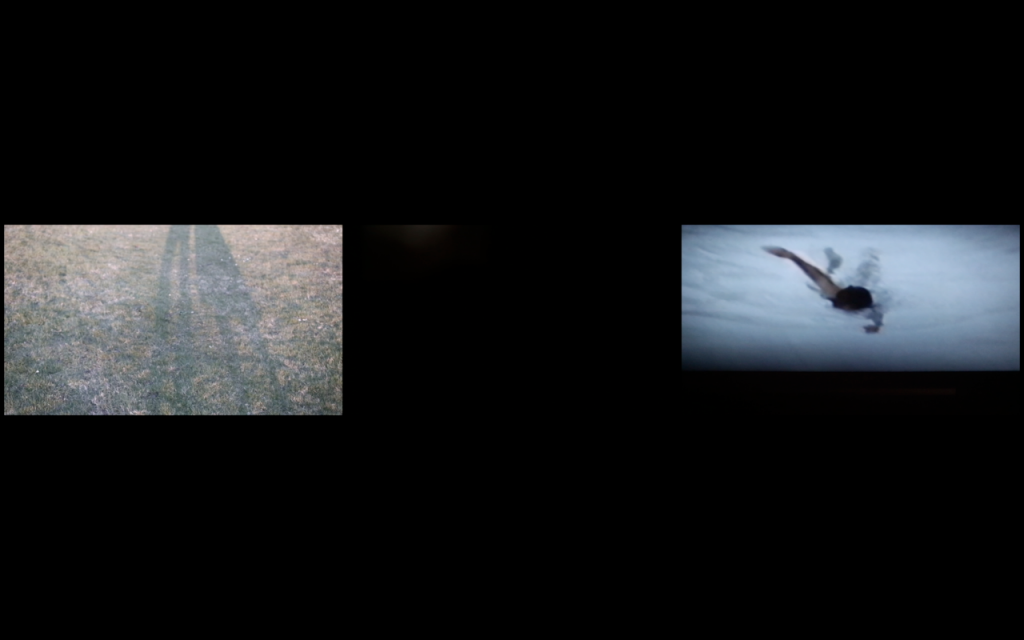


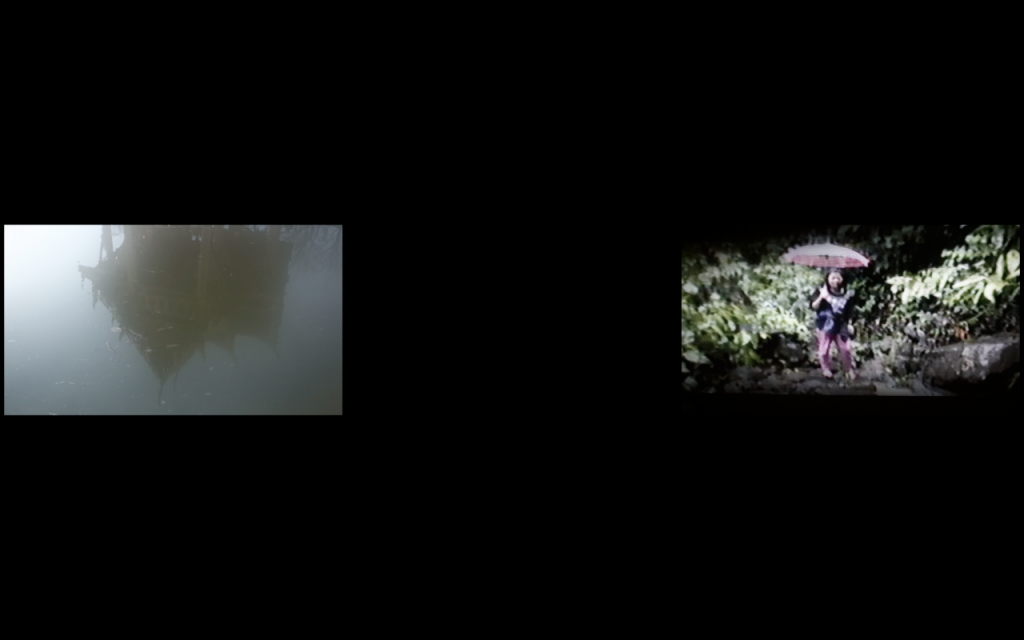
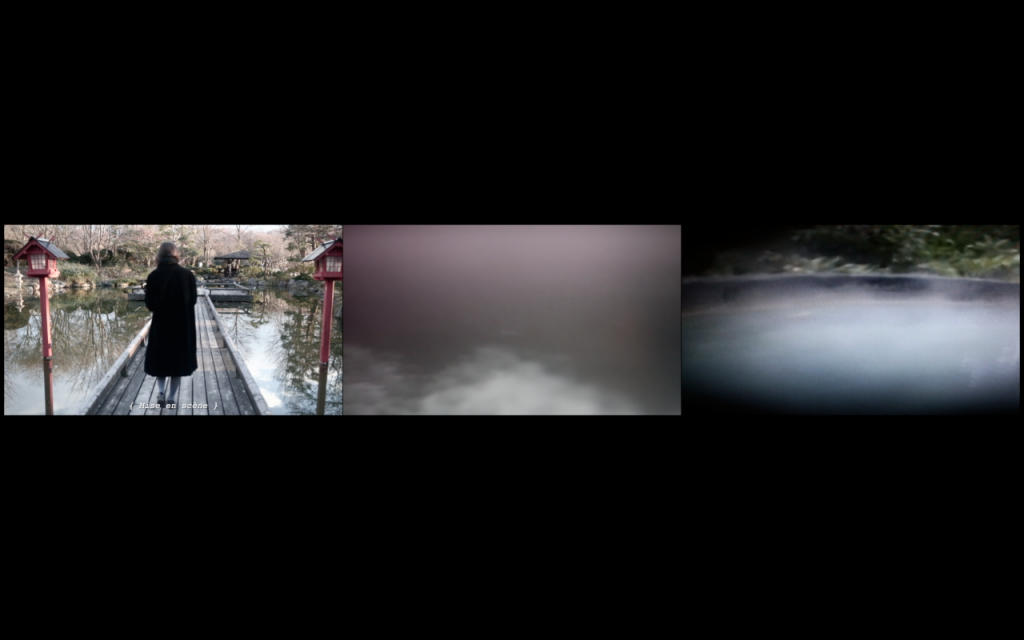
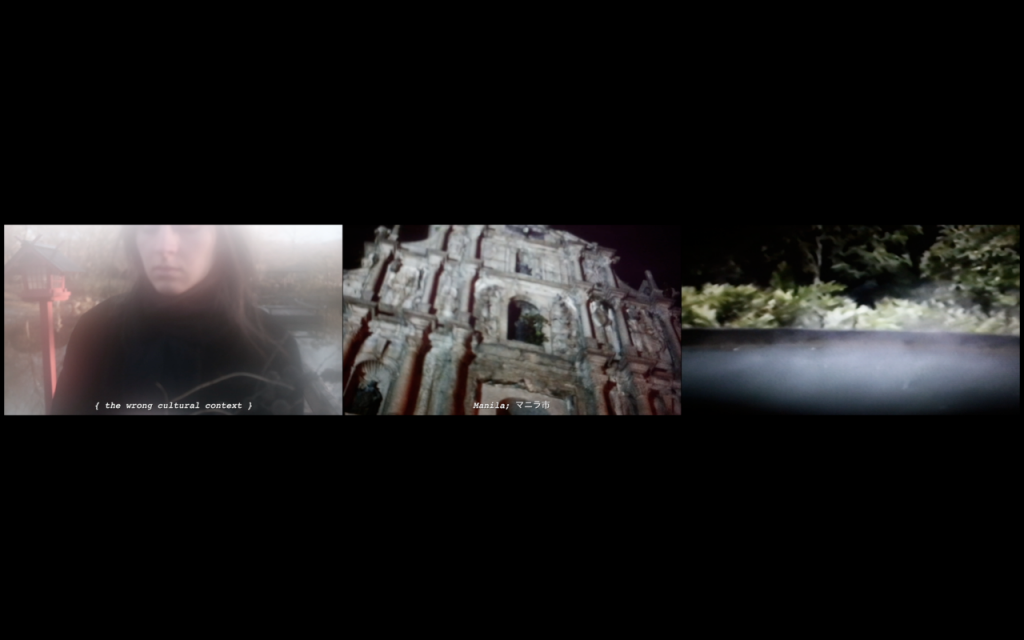
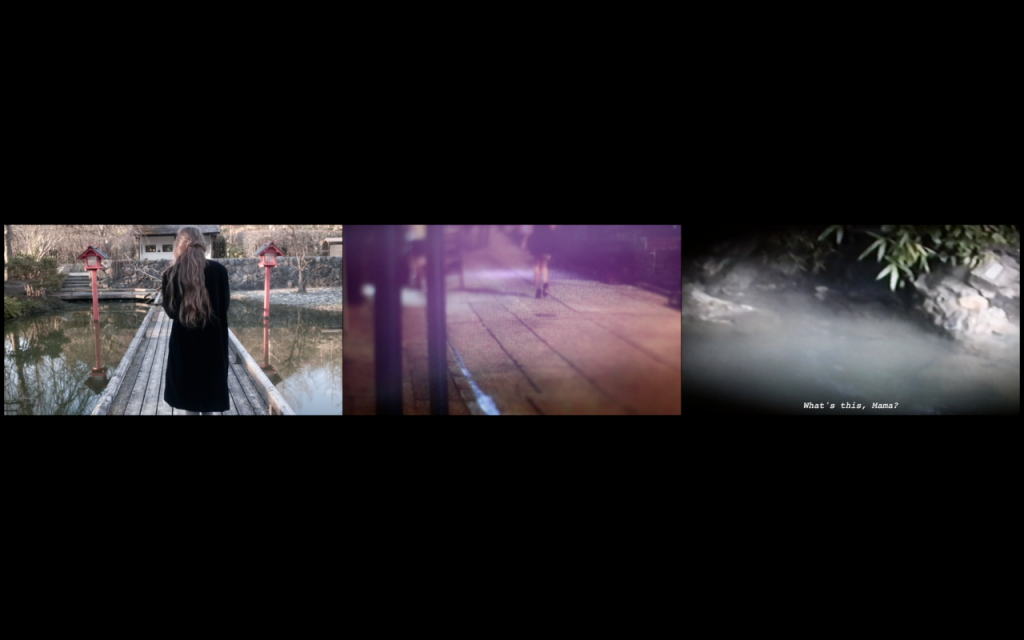
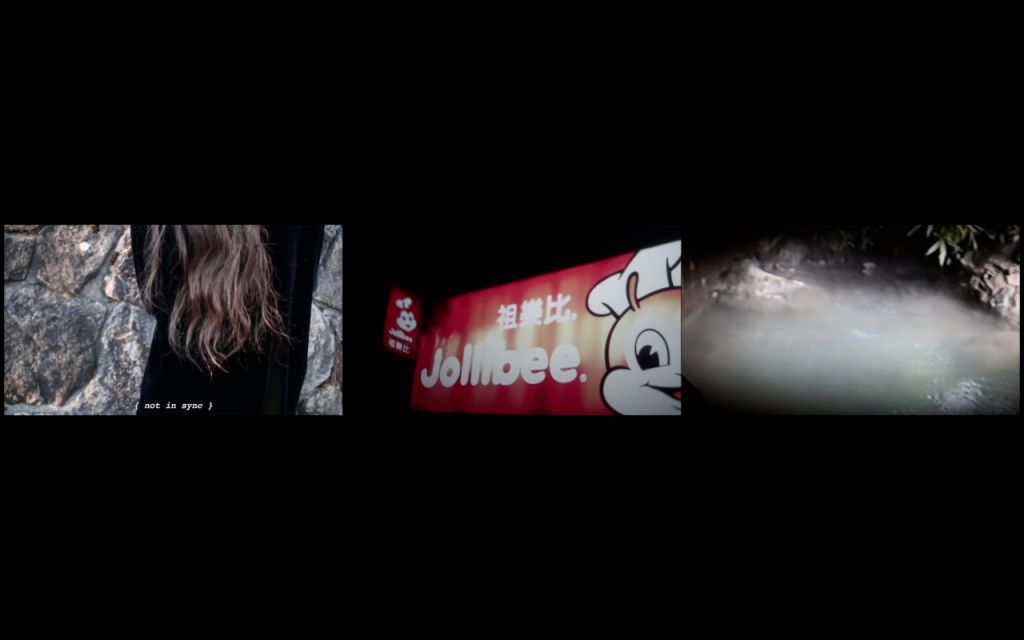
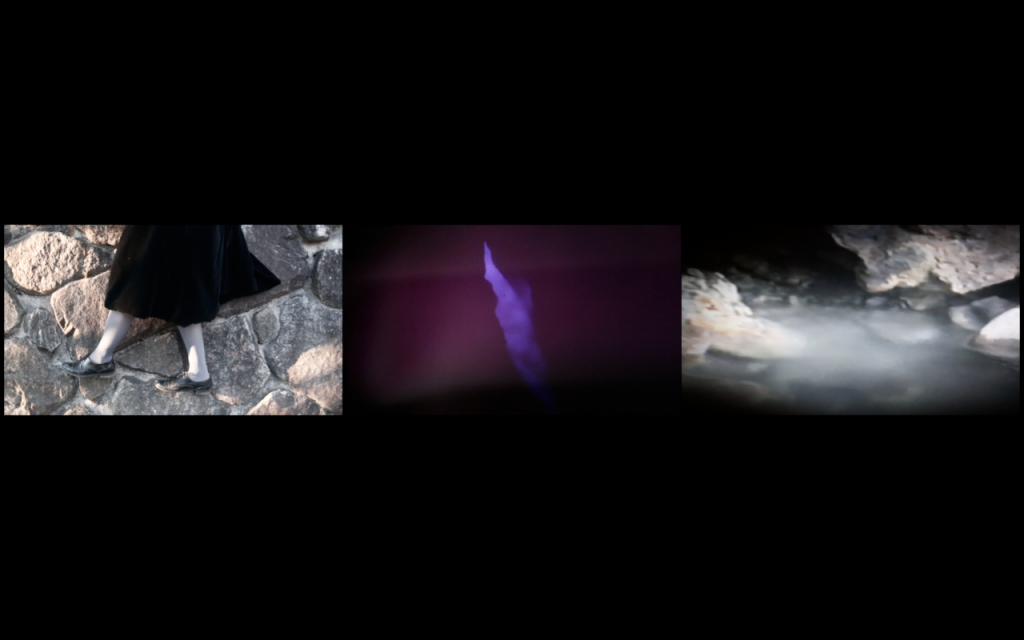

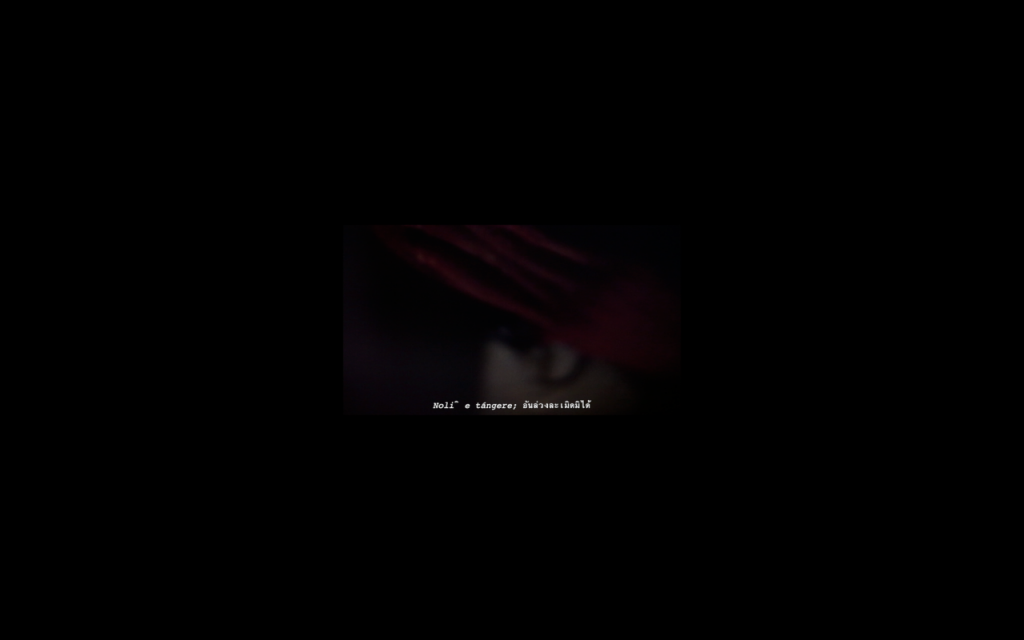
Technical Information:
Dimensions: 1920 x 1080p HD
Source: 1080p HD; 25p; H.264; Lin; PCM; Stereo Codecs: ProRes 422, Lin; PCM; Timecode; HD (1-1-1) Duration: about 20 min; Subtitles: hard
Bibliography and other sources
Adorno, Theodor W.; Transparencies on Film; based on an article in DIE ZEIT, 18 November 1966 Bazin, André; Qu‘est-ce que le cinéma?, Paris, Edition du Cerf, 1958-1965
Rizal, José; Noli me tángere; first publication in Berlin, 1887
Man Ray; Monument à D.A.F. de Sade, 1933
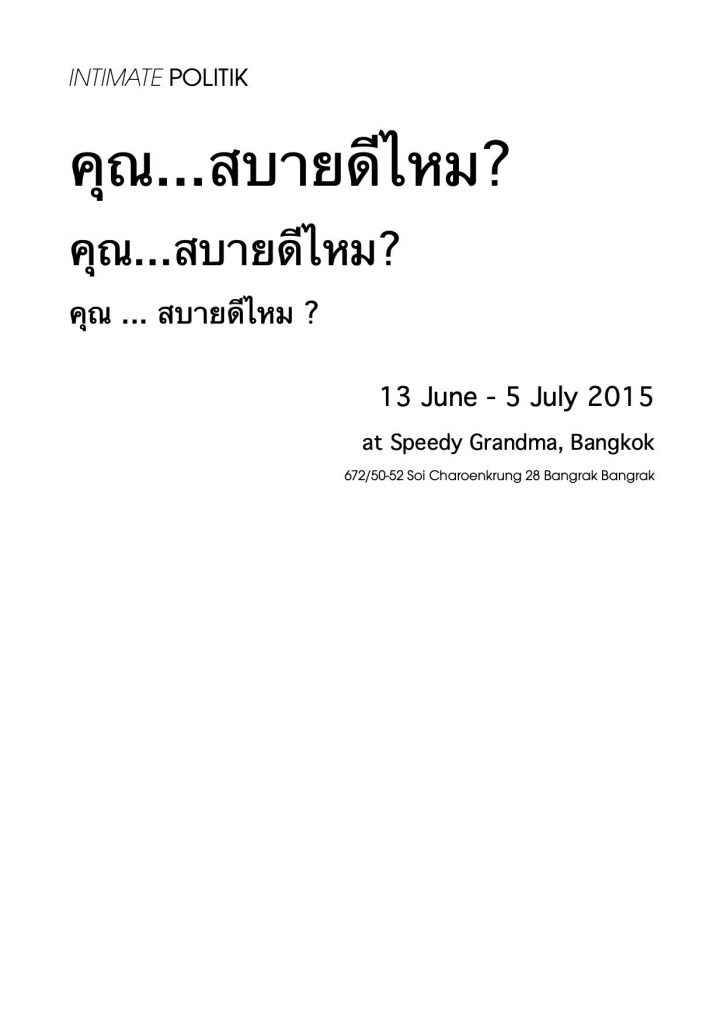
Noli me tangere is part of Jean-Luc Nancy’s ongoing deconstruction of Christianity (or effort to expose the auto-deconstructing mode of Christianity: see “The Deconstruction of Christianity”, Aug. 2000). It aims specifically at a non-eschatolog interpretation of the doctrine of resurrection. In Nancy’s views, the conditions of life share in Occident are marked by the opening of an infinite inappropriability. Th conditions, he argues in substance, are already exposed in the Christian representa of resurrection. Therefor, in his views, there cannot be such things as the renovatio a lost essence, a return of, or to proper life, or the raising of an original body/self. the contrary, when Jesus says to Marie Magdalene “Touch me not”, in John 20:17, is exposing both the truth of Christianity and of our current coexistential predicam there is no body to touch, no given meaning to grasp, except the fleeting of meanings. Everybody’s life is continually passing, transient, and we have nothin hold except the recognition of our shared finitude. As we are thrown together in opening of this endless transitivity –Pascal’s “l’homme passe infiniment l’homme” 434/Laf. 131)–, we must risk ourselves to love without the illusion of posses anything, or anyone. Thus Nancy observes: “Love what escapes you. Love the who goes. Love that he goes.” At one point in his analysis, he further unfolds doctrine of resurrec- tion as a kenosis (κένωσις), that is an event of emptying. deconstruction of the metaphysic of presence exposes the gap upon which our bei in-common is grounded (the emptiness attached to kenosis is not an absence t would come second to an originary presence: on this topic, see “A Faith That Is Not At All” in Dis-Enclosure: The Deconstruction of Christianity, [2005] 2008).
This exercise in deconstruction is clearly related to Heidegger’s Destruktion of metaphysical and theological under- standing of Being, often regarded as an attemp overcoming “ontotheology”1 . In his essay “The Passion of Facticity”, Giorgio Agam argues that love plays a central role in Heidegger’s Being and Time (Potentialit 1999). He suggests how, inspired by Augustine’s “Non intratur in veritatem nisi caritatem”2 (Contra Faustum, 32.18), Heidegger conceived of a kind of “ontolog primacy of love as access to truth” (1999: 186). As a path however, love does not l the Dasein to a deter- minate truth, nor to a proper meaning. On the contrary, love is passion of the Dasein’s “facticity”, that is the passion as the mode of being thro which the Dasein knows not an essential fact, but the enigma of this very facti “Facticity,” writes Agamben, “is the condition of what remains concealed in its openi of what is exposed by its very retreat. (Agamben, 1999: 190).
1. See Iain Thomson’s “Ontotheology? Understanding Heidegger’s Destruktion Metaphysics” (International Journal of Philosophical Studies, Vol.8(3), 297–3 PDF). 2. In the English translation of Agamben’s essay, the quote from Augustine contain typographical error which has been corrected here.